Every spring, the thundering sound of hooves at Churchill Downs ignites excitement and wonder across the globe. There’s something almost magical about watching a fleet of powerful thoroughbreds race for glory in the Kentucky Derby, but beneath the glamour lies a remarkable story of science, precision, and centuries of human ingenuity. What makes a Derby champion? The answer is a blend of genetics, biomechanics, and meticulous care, all woven together in a saga that’s as gripping as the two-minute race itself. Prepare to step behind the velvet ropes of tradition and spectacle, where DNA, muscle fibers, and human dreams collide in the quest for the perfect racehorse.
The Legacy of Thoroughbred Breeding
The journey to Kentucky Derby greatness begins long before the starting gate, rooted in the art and science of horse breeding. Thoroughbreds are the result of generations of selective mating, tracing their ancestry back to just three foundational stallions from the 17th and 18th centuries. Breeders meticulously analyze bloodlines, seeking combinations that maximize speed, stamina, and temperament. Every foal represents both a genetic gamble and a testament to scientific progress. Modern advances in genetic testing now allow breeders to screen for specific traits, such as muscle fiber composition and even susceptibility to certain injuries, giving them a sharper edge in the race to produce champions. The stakes are high, and every decision made in the breeding shed can echo through generations.
The Anatomy of Speed
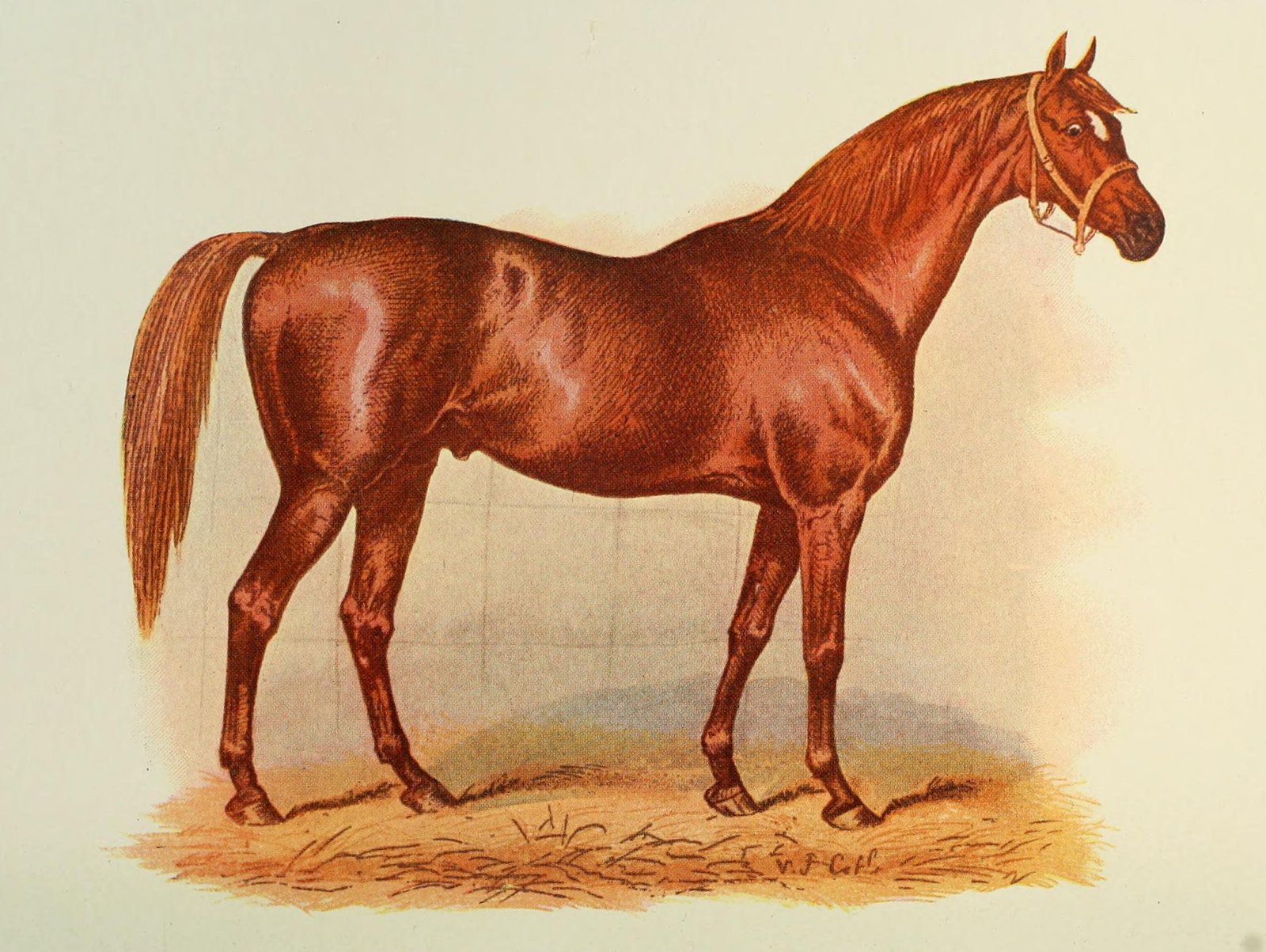
A Derby-winning horse is a marvel of anatomical engineering. Muscles ripple beneath their sleek coats, especially in the hindquarters, propelling them forward with explosive force. Scientists have found that the length and angle of a horse’s legs, the depth of its chest, and the flexibility of its spine all contribute to its ability to achieve breathtaking speeds. The heart, often described as the “engine” of the horse, is another critical factor—some champions have been found to possess unusually large hearts, a trait that enables greater oxygen delivery during intense exertion. The balance of bone strength and muscle elasticity is delicate and crucial; too much bulk slows a horse, while too little leaves it vulnerable to injury.
Genetics: The Invisible Hand
Genetics quietly shapes every Kentucky Derby hopeful. Genes determine everything from stride length to muscle composition, and even how a horse’s body processes oxygen. A gene called “myostatin” plays a central role: certain variants lead to more fast-twitch muscle fibers, favoring sprinting ability, while others produce more slow-twitch fibers for endurance. Breeders now utilize DNA analysis to identify the best genetic matches, hoping to combine favorable traits from both sire and dam. This genetic matchmaking is not foolproof, though; even the best-planned pairings can yield unpredictable results, reminding everyone that nature always keeps a few secrets.
Training: Sculpting Raw Talent
Training a future Derby champion is as much an art as it is a science. Young thoroughbreds begin their education with basic groundwork before progressing to more demanding exercises that build muscle, improve cardiovascular health, and hone their mental focus. Trainers use heart rate monitors and GPS trackers to fine-tune each horse’s regimen, adjusting workouts to maximize gains while minimizing injury risks. Mental conditioning is equally important; racehorses must learn to handle the stress of large crowds, unpredictable weather, and the chaos of the starting gate. Trust between horse and human becomes a silent partnership, essential for peak performance on race day.
Nutrition: Fueling Champions
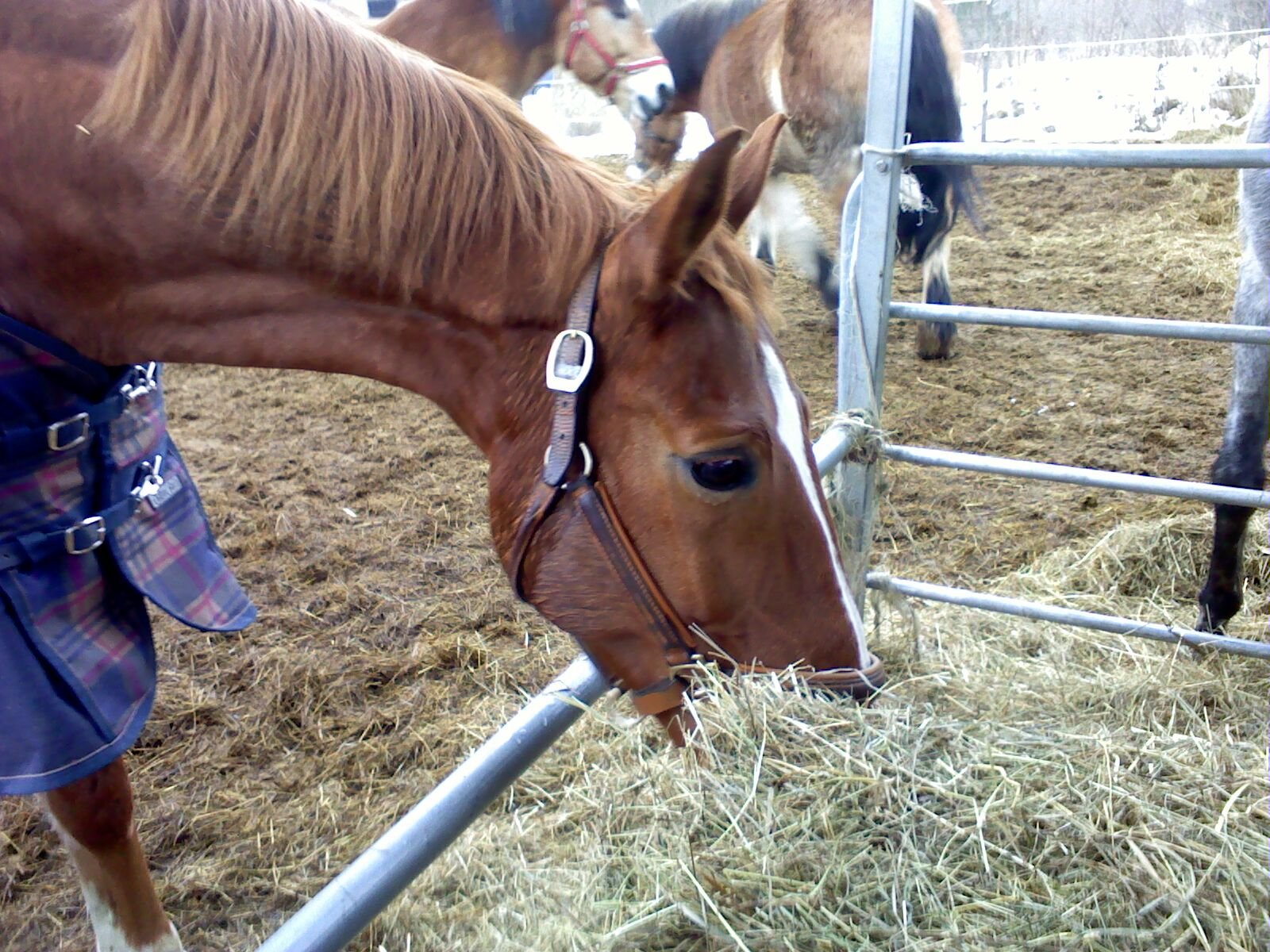
A Derby contender’s diet is a carefully balanced formula of grains, hay, vitamins, and minerals. The goal is to provide enough energy for explosive speed without causing digestive troubles or excess weight. Nutritionists customize feed plans based on each horse’s metabolism, workload, and even temperament—some horses become too excitable with certain feeds, while others need extra calories to maintain muscle mass. Proper hydration is critical, especially in the heat and excitement of race day. Supplements such as electrolytes and amino acids help support recovery and muscle repair, ensuring that every bite contributes to the horse’s overall health and readiness.
Biomechanics: The Art of Movement
The science of biomechanics reveals the extraordinary efficiency of a Derby horse in motion. High-speed cameras and motion sensors capture every stride, allowing researchers to analyze gait patterns, stride frequency, and limb angles. The “galloping” stride, unique to horses, involves a suspension phase where all four hooves leave the ground—a moment of pure flight. Champions often exhibit longer strides and a smoother gait, wasting less energy with each step. Trainers and veterinarians use this data to identify subtle lameness or inefficiencies, making real-time adjustments to training and shoeing for optimum performance. The harmony of motion and muscle is nothing short of poetry.
The Role of the Jockey
A jockey’s skill can make or break a Derby dream. These athletes are not mere passengers but active participants, using split-second decisions and subtle cues to coax the best from their mounts. They must balance perfectly—too far forward or backward can disrupt a horse’s rhythm and slow its pace. Jockeys study their competitors, memorize the track, and adjust their tactics in real time. Communication between horse and rider happens through touch and movement, a language built on trust and instinct. Even the lightest shift in weight or tug on the reins can turn the tide of a race, making the human element both fascinating and vital.
Injury Prevention and Veterinary Science
With so much at stake, protecting a racehorse’s health is paramount. Advances in veterinary medicine have transformed how injuries are detected and treated. Digital imaging, ultrasound, and even wearable sensors allow for early identification of stress fractures, tendon strains, and other issues before they become career-ending. Rehabilitation programs now include aquatic treadmills and laser therapy, promoting healing without putting undue strain on fragile limbs. The welfare of these magnificent animals is a constant focus, with strict rules and on-site veterinarians ensuring that no horse races unless it is fit to compete.
Weather, Track Conditions, and Performance
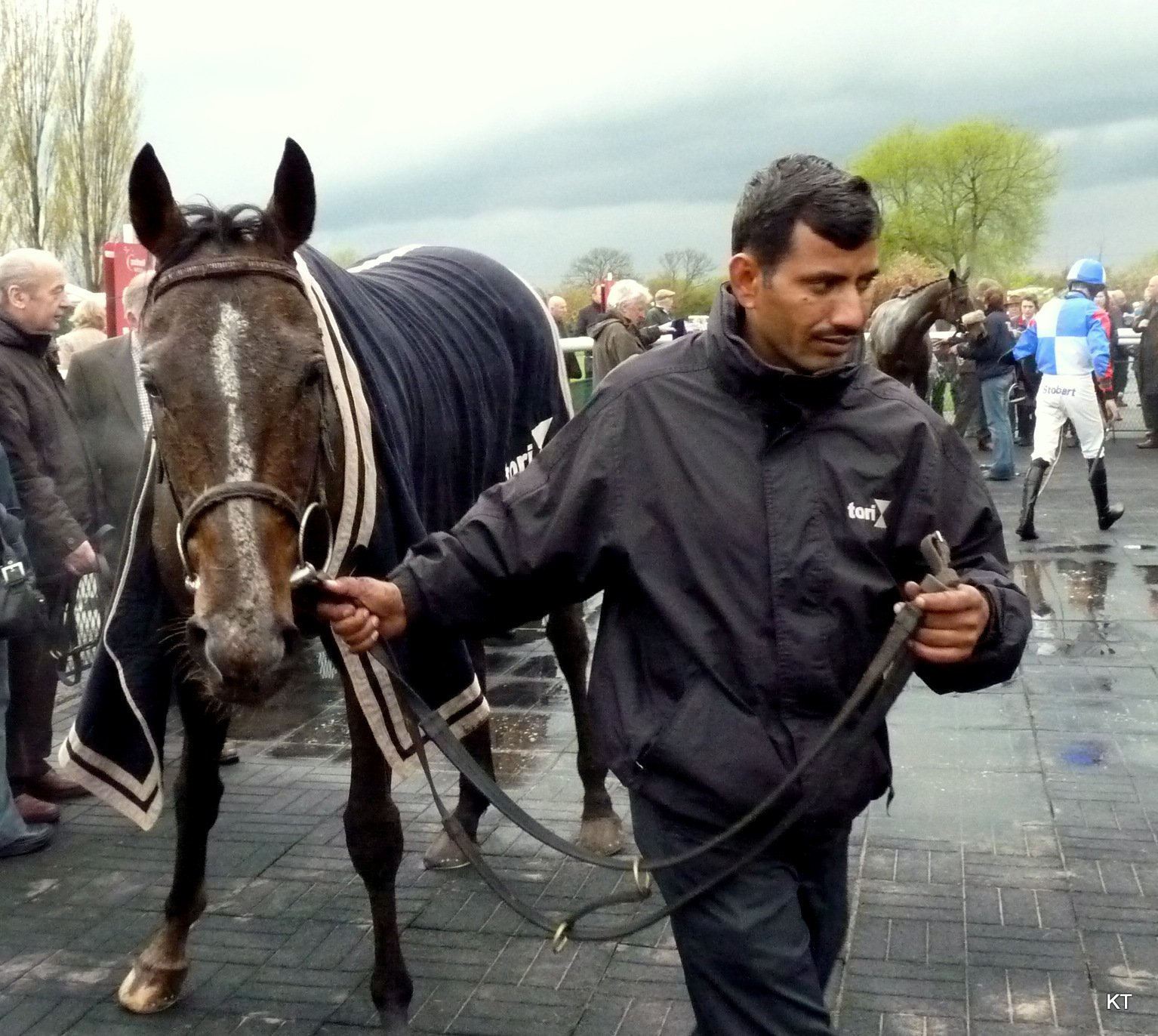
Mother Nature plays her own unpredictable part in the Kentucky Derby. Rain, heat, humidity, and wind can all influence the outcome. A muddy track, for example, demands greater stamina and changes the dynamics of the race, favoring horses with certain running styles or hoof shapes. Trainers monitor weather forecasts obsessively, tweaking pre-race routines and even choosing different horseshoes to suit the conditions. Some horses thrive on fast, dry tracks, while others are “mud lovers,” excelling when the going gets tough. The interplay of environment and preparation adds yet another layer of excitement—and uncertainty—to the Derby spectacle.
Emerging Technologies in Horse Racing
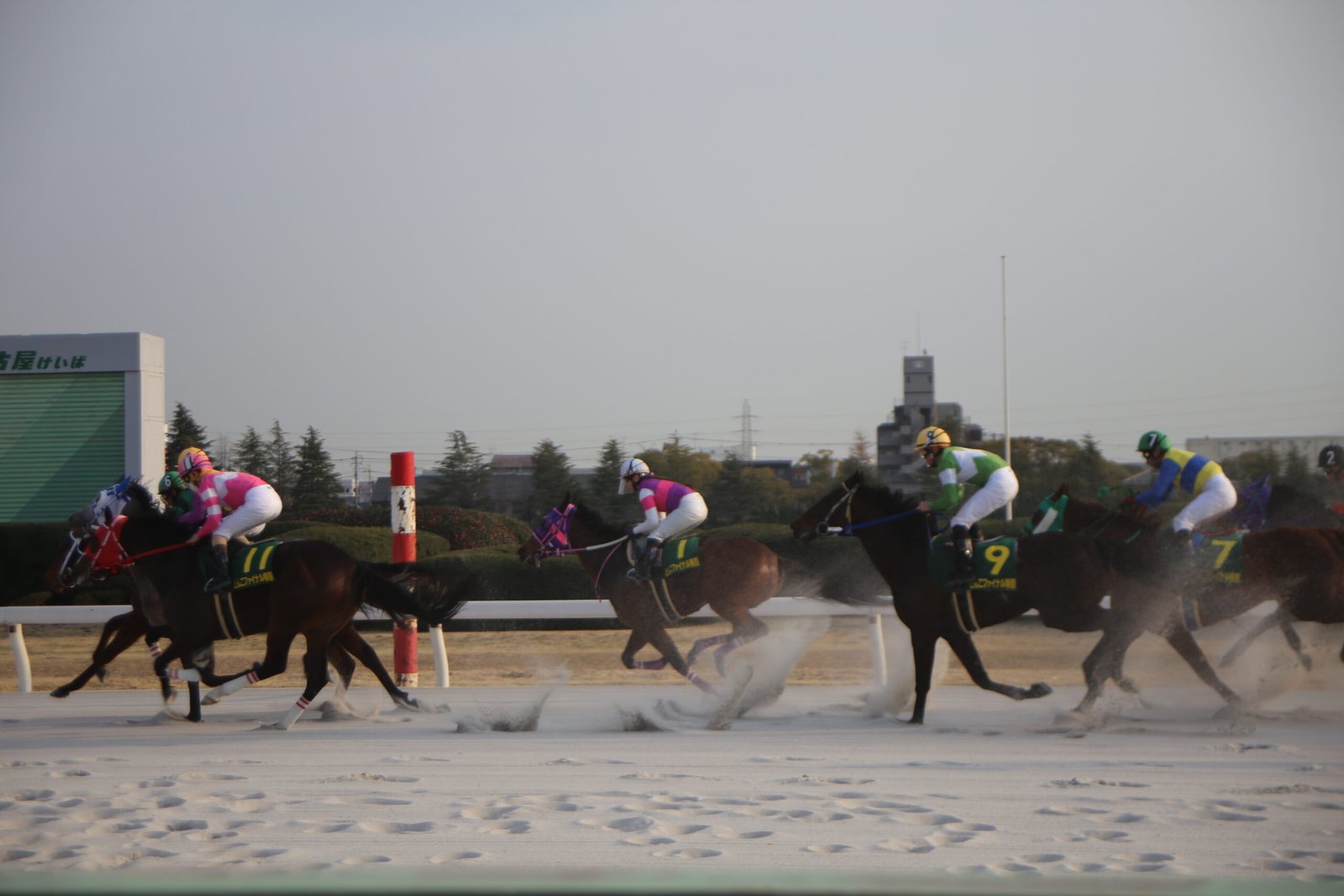
The Kentucky Derby is not immune to the march of technology. From DNA sequencing in breeding sheds to high-speed cameras at the finish line, innovations continue to reshape the sport. Smart blankets monitor a horse’s temperature and heart rate, alerting caregivers to potential health problems before symptoms appear. Virtual reality allows jockeys to practice on digital replicas of the track, honing their strategies without risk. Even artificial intelligence is making inroads, analyzing mountains of race data to spot trends and predict outcomes. The future promises even more ways to unlock the secrets behind Derby greatness.
The Human Connection: Passion, Pressure, and Perseverance
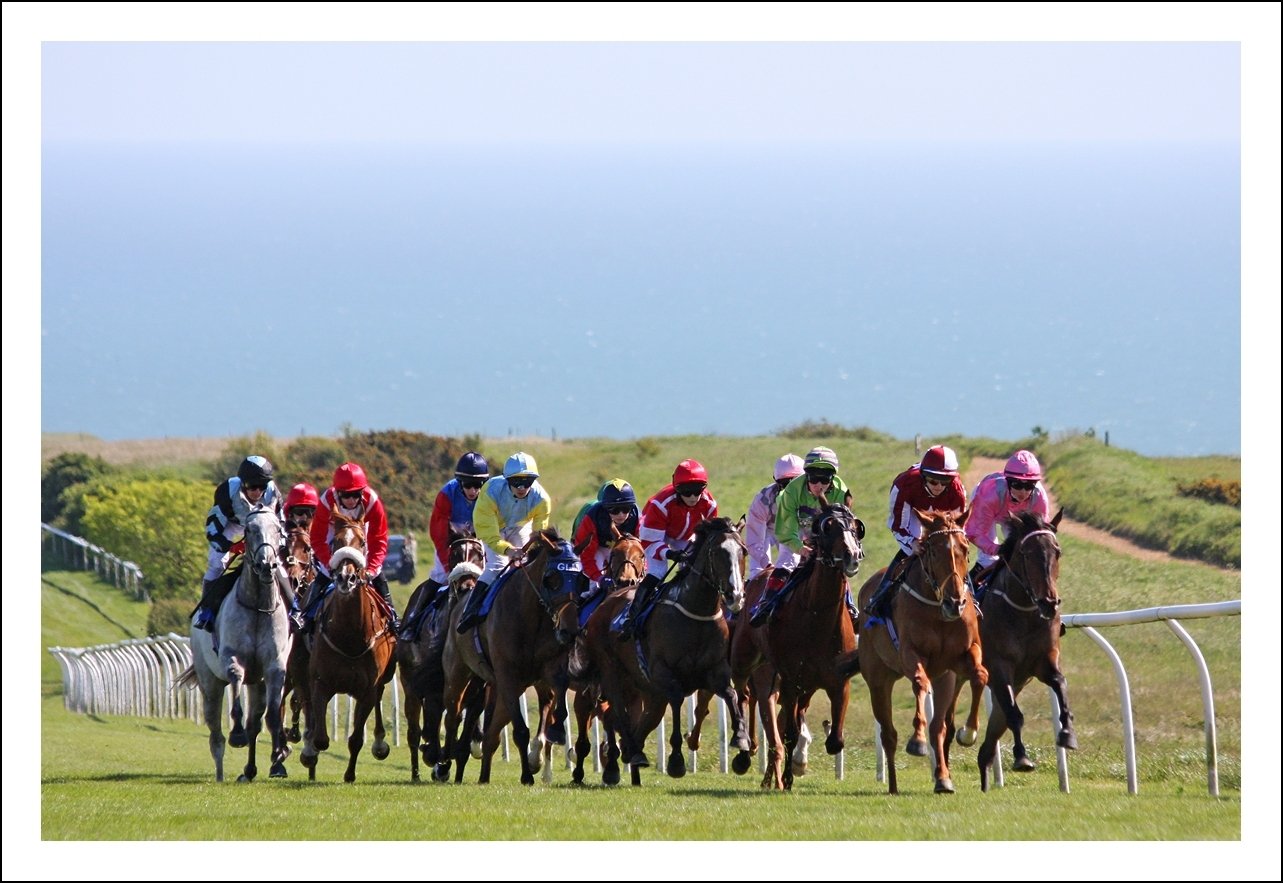
Behind every Kentucky Derby contender is a network of people driven by hope, passion, and sometimes heartbreak. Owners invest fortunes and pin their dreams on a single horse. Grooms and exercise riders form deep bonds with their charges, often describing them as family. The pressure to win is immense, but so is the pride in simply making it to the starting gate. Stories of underdogs and comebacks add emotional depth to the science, reminding us that heart and determination are just as important as genes and muscle. The Derby is a crucible where ambition and love for the animal are tested to the limit.
The Lasting Impact on Equine Science
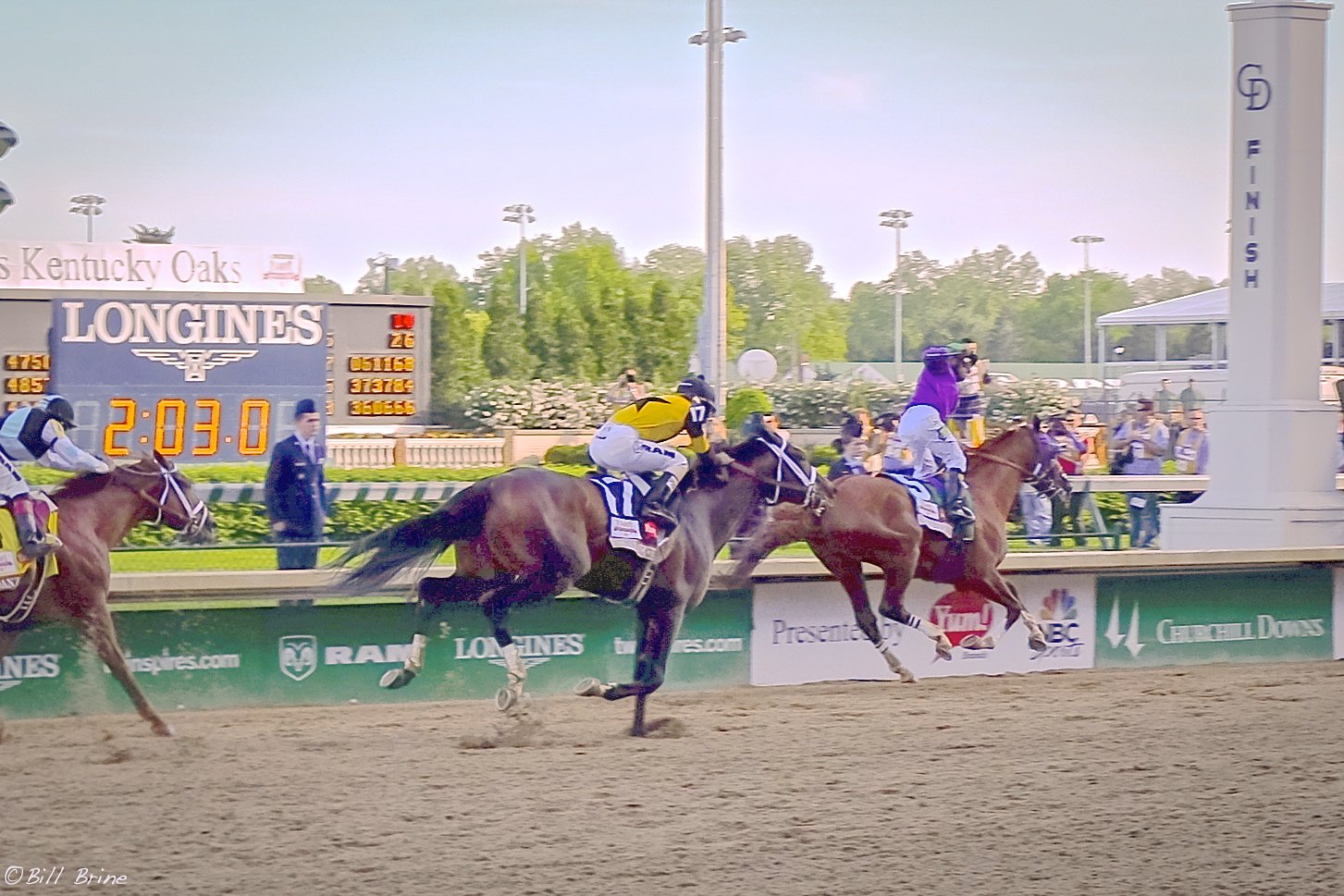
The Kentucky Derby is more than a race—it’s a living laboratory that drives advances in breeding, veterinary medicine, and sports science. Research conducted on these elite athletes often leads to breakthroughs that benefit all horses, from improved hoof care to better pain management. The Derby also inspires a wider appreciation for the interplay between biology and performance, sparking curiosity in scientists, horse lovers, and casual fans alike. As we marvel at the spectacle each May, we’re also witnessing the unfolding story of human curiosity, ingenuity, and respect for the natural world.



